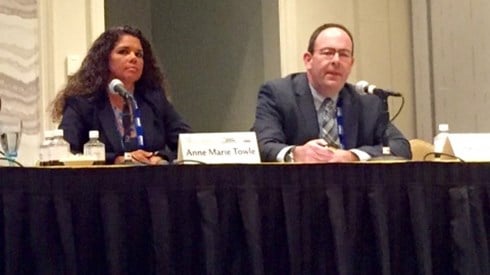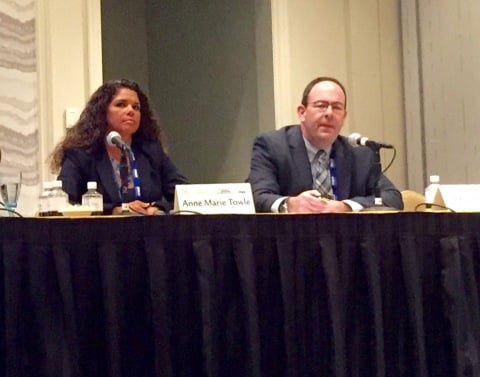Five Years' Loss Data Is Minimum, Not Optimum, for Feasibility Studies

December 02, 2015

Nowhere is the old adage "garbage in, garbage out" more true than with captive feasibility studies that, of necessity, rely on a substantial amount of data provided by the would-be captive parent.
"One often hears that actuaries should be given 5 years of loss data to use in a captive feasibility analysis," said Milliman's Mike Meehan during a session on captive feasibility studies at the 2015 Cayman Captive Forum. "But 5 years should only be considered a minimum."
Five years of data is good, but not great, he explained. The less data provided to the actuary, the more the actuary will have to rely on industry data. This issue becomes particularly important with long-tail liability lines of coverage. When provided with 10 or more years of data, on the other hand, the actuary will be increasingly able to base the analysis on the captive parent's actual experience rather than on industry averages. This will result in a more objective, realistic, and credible feasibility study.
Pictured above from left are Anne Marie Towle, senior captive consultant, Willis Global Captive Practice, and Michael Meehan, consultant, Milliman, Inc., speaking at the "Feasibility Studies for Captives—Getting It Right the First Time" session Tuesday, December 1, at the 2015 Cayman Captive Forum.
December 02, 2015